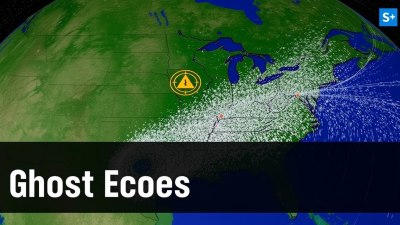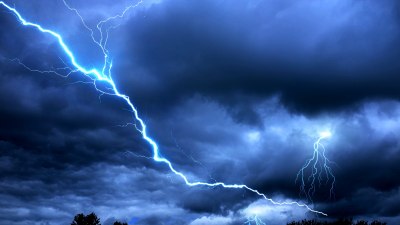What Are Mammatus Clouds
Discover the unique characteristics and formation of mammatus clouds in this detailed article.

This image was created with the assistance of Freepik
Mammatus clouds are a fascinating meteorological phenomenon characterized by their pouch-like, bulging structures that hang beneath the base of a cloud. The name 'mammatus' comes from the Latin word for 'mammary,' which refers to their resemblance to mammary glands. These clouds can be both beautiful and ominous, often serving as a visual sign of severe weather conditions. In this article, we will delve into the formation, appearance, and significance of mammatus clouds, exploring their role in atmospheric science.
Understanding Mammatus Clouds
To fully appreciate mammatus clouds, it is essential to understand the atmospheric conditions that lead to their formation. Generally, mammatus clouds are associated with cumulonimbus clouds, which are large, towering clouds often found in thunderstorms. These clouds are capable of producing severe weather, including heavy rainfall, hail, and tornadoes. Mammatus clouds form when cooler air settles into the bumpy areas beneath the cloud base, creating the characteristic pouch-like structures. The pockets of air droop downward, resembling a series of bags or pouches, which is why they are typically observed hanging from the bases of larger storm clouds.
Conditions for Formation
The formation of mammatus clouds is not a daily occurrence and requires specific atmospheric conditions. Typically, these clouds form after a severe thunderstorm has passed or is in the process of developing. They can occur in both severe and non-severe situations, but they are often triggered by strong updrafts within a thunderstorm. When the warm, moist air rises rapidly, it can lead to the creation of these distinctive cloud formations. This turbulence causes air pockets to stretch and form the bulging characteristics that define mammatus clouds.
Characteristics
Mammatus clouds are most commonly observed as smooth, rounded bulges that hang beneath the cloud base. They can vary in color, typically appearing in shades of white, gray, or even a warm orange hue during sunrise or sunset. The texture of mammatus clouds is often described as soft and billowy, providing a dramatic visual contrast against the darker storm clouds they typically accompany. These clouds can exist in different sizes and arrangements, ranging from smaller, isolated pouches to larger formations that span significant portions of the sky.
Significance of Mammatus Clouds
Mammatus clouds can serve as indicators of severe weather, but they are not inherently dangerous themselves. They are a visual indicator of turbulence in the atmosphere and signal the presence of a powerful storm system nearby. When seen during or after a thunderstorm, they can suggest that the storm produced significant updrafts and downdrafts. Meteorologists study mammatus clouds because they provide insights into the dynamics of storm systems and can aid in understanding the severity of weather conditions.
Photography and Aesthetics
Where to Observe Mammatus Clouds
Mammatus clouds can be observed across the globe, but they are most frequently associated with regions that experience severe thunderstorms, such as the Great Plains of the United States. Areas with warm, moist air colliding with cooler air are prime locations for mammatus formation. However, they can also be seen in other parts of the world where similar weather patterns occur. Meteorological conditions that favor mammatus clouds include summer and early fall when thunderstorms are more prevalent.
Safety Considerations
While mammatus clouds are visually stunning, they often indicate turbulent weather conditions. As such, it’s essential for observers to stay informed about the weather forecast when these clouds are present. If mammatus clouds are seen accompanying a thunderstorm, there may be a risk of severe weather, including lightning and heavy rainfall. It’s advisable to seek shelter during such storms and to monitor any developing conditions closely.
Mammatus Clouds vs. Other Cloud Types
In the spectrum of cloud formations, mammatus clouds have unique characteristics that set them apart from other types. Unlike altostratus or stratocumulus clouds, which have flatter appearances, mammatus clouds are defined by their pronounced bulges. Cumulonimbus clouds—the parent cloud type for mammatus clouds—are also distinct for their towering shapes and ability to produce severe weather. Understanding these differences helps enhance our appreciation of the diversity of cloud formations and the meteorological processes behind them.
Conclusion
Mammatus clouds are an extraordinary aspect of weather phenomena, showcasing the beauty and complexity of nature. From their formation and characteristics to their significance in storm tracking and photography, mammatus clouds offer a glimpse into the rich tapestry of our atmosphere. Whether observed during a severe storm or as a unique occurrence on a calm day, these clouds remind us of nature's dynamic and ever-changing behavior, inviting both awe and respect.











